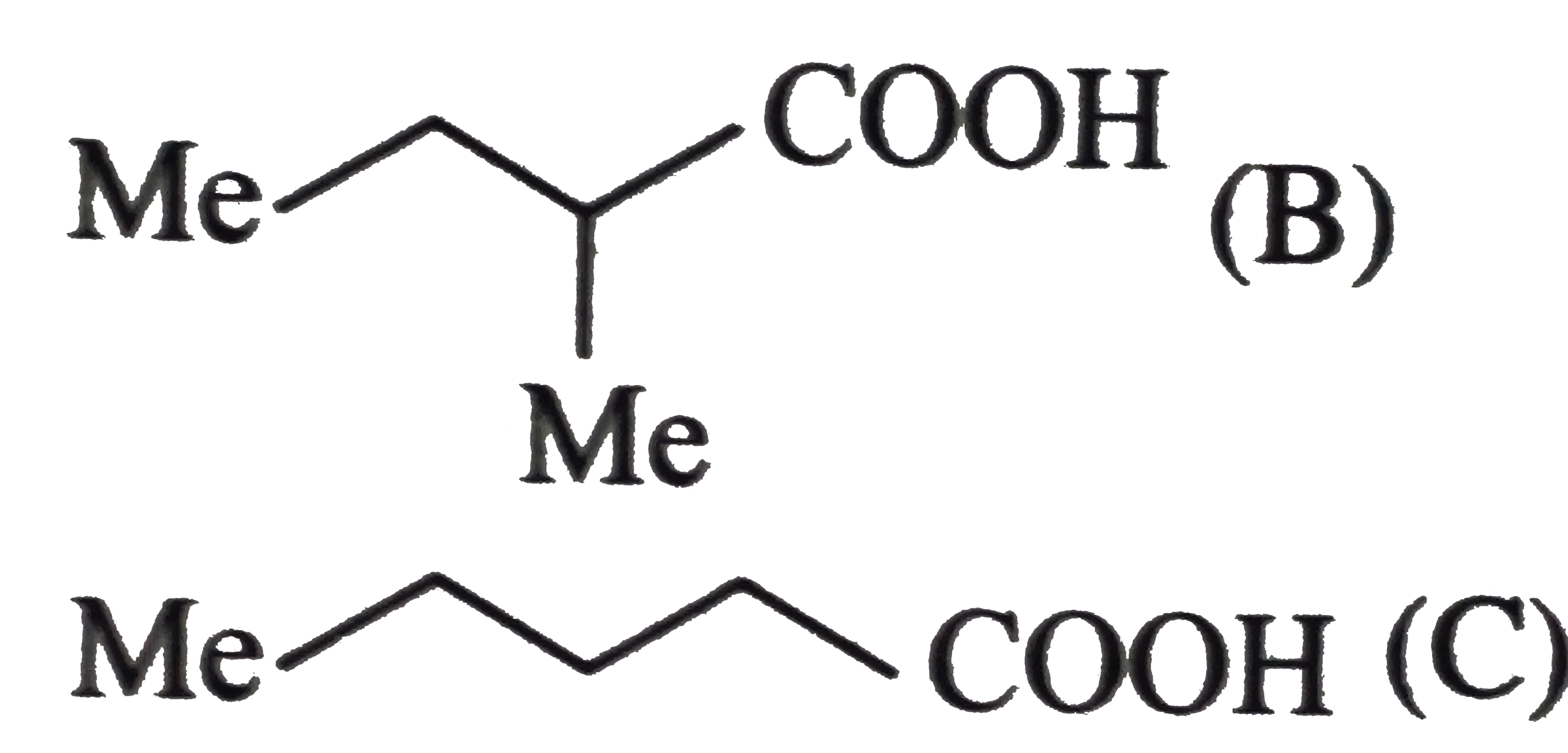Differentiate between the following:
Passive and Active absorption
Step-by-Step Solution:
1. Definition of Absorption:
- Absorption refers to the process by which substances, such as water and nutrients, are taken up by cells or tissues.
2. Active Absorption:
- Active absorption is the process of absorbing water and nutrients against the concentration gradient.
- This process requires energy, specifically in the form of ATP (adenosine triphosphate).
- Active absorption typically occurs through the symplastic pathway, where substances move through the protoplast (the living part of the cell).
3. Passive Absorption:
- Passive absorption is the process of absorbing water and nutrients along the concentration gradient.
- This process does not require any metabolic energy; it occurs naturally due to differences in concentration.
- Passive absorption usually takes place through the apoplastic pathway, where substances move through the cell walls (the non-living part of the plant).
4. Conditions for Absorption:
- Active absorption is more effective when there is a higher concentration of water in the soil, as it relies on energy to transport substances against the gradient.
- Passive absorption can occur even in conditions of low water availability, as it does not require energy.
5. Presence of Roots:
- Active absorption requires the presence of roots to facilitate the uptake of water and nutrients.
- Passive absorption can occur even in the absence of roots, as it can take place through the cell walls.
6. Types of Active Absorption:
- Active absorption can be further classified into two types:
- Active osmotic absorption, which relies on osmotic pressure.
- Active non-osmotic absorption, which does not rely on osmotic pressure.
Summary Table:
| Feature | Active Absorption | Passive Absorption |
|-----------------------------|-------------------------------------------|----------------------------------------|
| Energy Requirement | Requires energy (ATP) | Does not require energy |
| Concentration Gradient | Against the concentration gradient | Along the concentration gradient |
| Pathway | Symplastic pathway (through protoplast) | Apoplastic pathway (through cell walls)|
| Water Availability | Requires more water in soil | Can occur even with low water |
| Presence of Roots | Requires roots | Can occur in absence of roots |
| Types | Active osmotic and non-osmotic absorption | Not applicable |
- Absorption refers to the process by which substances, such as water and nutrients, are taken up by cells or tissues.
- Active absorption is the process of absorbing water and nutrients against the concentration gradient.
- This process requires energy, specifically in the form of ATP (adenosine triphosphate).
- Active absorption typically occurs through the symplastic pathway, where substances move through the protoplast (the living part of the cell).
- Passive absorption is the process of absorbing water and nutrients along the concentration gradient.
- This process does not require any metabolic energy; it occurs naturally due to differences in concentration.
- Passive absorption usually takes place through the apoplastic pathway, where substances move through the cell walls (the non-living part of the plant).
- Active absorption is more effective when there is a higher concentration of water in the soil, as it relies on energy to transport substances against the gradient.
- Passive absorption can occur even in conditions of low water availability, as it does not require energy.
- Active absorption requires the presence of roots to facilitate the uptake of water and nutrients.
- Passive absorption can occur even in the absence of roots, as it can take place through the cell walls.
- Active absorption can be further classified into two types:
- Active osmotic absorption, which relies on osmotic pressure.
- Active non-osmotic absorption, which does not rely on osmotic pressure.
|-----------------------------|-------------------------------------------|----------------------------------------|
| Energy Requirement | Requires energy (ATP) | Does not require energy |
| Concentration Gradient | Against the concentration gradient | Along the concentration gradient |
| Pathway | Symplastic pathway (through protoplast) | Apoplastic pathway (through cell walls)|
| Water Availability | Requires more water in soil | Can occur even with low water |
| Presence of Roots | Requires roots | Can occur in absence of roots |
| Types | Active osmotic and non-osmotic absorption | Not applicable |
Topper's Solved these Questions
- DIGESTION AND ABSORPTIONBOOK - ICSECHAPTER - DIGESTION AND ABSORPTIONEXERCISE - REVIEW QUESTIONS ( VIII. LONG ANSWER TYPE QUESTIONS )
6 Videos
- DIGESTION AND ABSORPTIONBOOK - ICSECHAPTER - DIGESTION AND ABSORPTIONEXERCISE - REVIEW QUESTIONS ( VI. VERY SHORT ANSWER TYPE QUESTIONS ( WITH ANSWERS) )
45 Videos
- DIGESTION AND ABSOROPTION BOOK - ICSECHAPTER - DIGESTION AND ABSOROPTION EXERCISE - NCERT EXERCISES WITH ANSWER (DIFFERENTIATE BETWEEN)
8 Videos
- ENZYMES BOOK - ICSECHAPTER - ENZYMES EXERCISE - REVIEW QUESTIONS (LONG ANSWER TYPE QUESTIONS)
6 Videos
Similar Questions
Differentiate between the following:
Seed and fruit
View SolutionDifferentiate between the following:
Pepsin and Trypsin
View SolutionDifferentiate between the following:
Stamen and carpel
View SolutionDifferentiate between the following:
Calyx and corolla
View SolutionDifferentiate between the following
Fibres and Sclereids
View SolutionDifferentiate between the following:
Lotus and Hydrilla
View SolutionDifferentiate between the following acids :
(a)
(b)
View SolutionDifferentiate between the following :
Spines and Tendrils
View SolutionDifferentiate between the following
Tunica and Corpus
View SolutionDifferentiate between the following:
Dwarfism and Cretinism
View Solution
